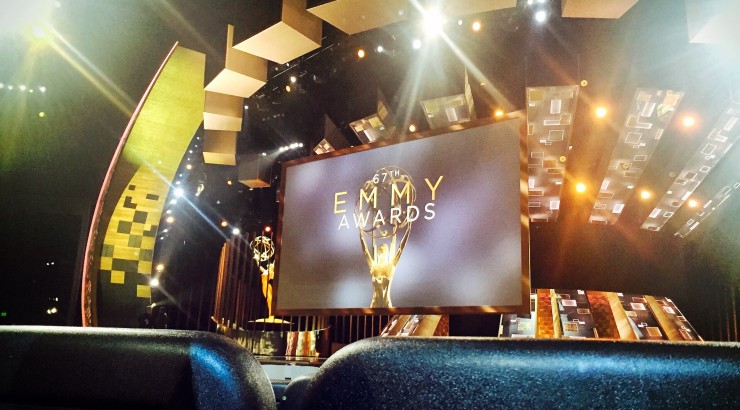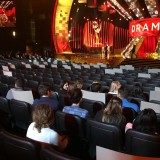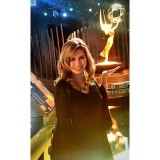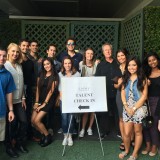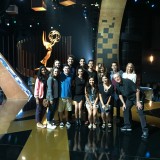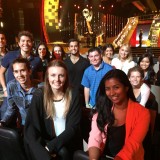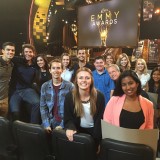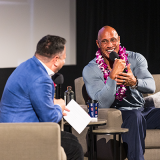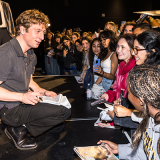Visit To The Emmys Helps Class Learn About Award Shows
October 6, 2015
The Emmy Awards are a time for writers, directors, producers, and stars to be recognized for their work in Television. However, behind the cameras, the a whole other show is going on, with a multitude of moving parts to make sure it runs smoothly. Professor Steven Hirsen took his TWP-311 Advanced Multi-Camera Production class to a rehearsal of last week’s show in order to get a better idea of what goes on behind the scenes. Kelley Moody (BA/Television Broadcast Journalism ’16) shares her experience with us here:
In our Multi-Camera Production class intended for upper-division Television & Broadcast Journalism students, we have studied the complexities of directing and producing award shows. There is a clear reason there are only so many productions of this kind in a year. But nothing could supplement our understanding of these productions more than a visit to an Emmy rehearsal.
After a drive up to the Microsoft Theater, my class made its way to the very seats that celebrities like Lady Gaga, Kevin Spacey, and Shonda Rhimes would sit in just two days after.
The theater seats were plastered with poster boards labeled with names of actors, producers, directors, and more, in every direction. All the big names were assigned to the front for the best chance to get air time. The stage was a dynamic piece with vibrant television screens moving in every direction to reveal a band set atop the center set.
No one would know who won what until the very moment it would be announced live in order to respect the integrity of the show. We watched intently as stand in crew members accepted awards on behalf of the stars while camera operators maneuvered the theater in a synchronized dance to make sure every possible scenario was practiced.
We spoke with top producers and assistants about their experience and what it takes to make such a massive production a reality. Coming from a variety of backgrounds, they all shared a common passion for television and excitement for the days to come.
We eventually squeezed into the narrow hallway of the director’s booth to watch as he pointed wildly at every screen and shouted commands at his crew to quickly reveal the anticipated reactions of performers and follow them to their acceptance.
It was a magical experience to say the least. To imagine the audience filled with Hollywood’s star performers and producers and to see the careful precision it took to design a masterpiece was hopefully only a glimpse into our own futures as television students.
